The Apple iPhone 12 Pro marked a significant leap forward in Apple's smartphone lineup when it debuted in late 2020. As the more premium sibling to the standard iPhone 12, it brought a host of refinements and additional features that catered to power users and photography enthusiasts. Even years after its release, it remains a compelling choice for those seeking a balance between performance, build quality, and camera capabilities.
At first glance, the iPhone 12 Pro stands out with its surgical-grade stainless steel frame and textured matte glass back. The flat-edged design, reminiscent of the iPhone 4 and 5, was a welcome departure from the curved edges of previous models. This not only gave the phone a more premium feel but also improved grip. The 6.1-inch Super Retina XDR display is nothing short of stunning, with its 2532 x 1170 resolution and 460 pixels per inch density. What truly sets it apart is the Ceramic Shield front cover, which Apple claims offers 4x better drop performance.
Under the hood, the A14 Bionic chip delivers blistering performance that still holds up remarkably well today. This 5-nanometer chip with a 6-core CPU and 4-core GPU handles everything from intensive gaming to 4K video editing with ease. The inclusion of a 16-core Neural Engine significantly boosts machine learning tasks, making features like computational photography and advanced augmented reality applications possible. Paired with 6GB of RAM (an upgrade from the 4GB in iPhone 11 Pro), multitasking feels fluid and responsive.
The camera system is where the iPhone 12 Pro truly shines. The triple 12MP camera array consists of wide, ultra-wide, and telephoto lenses, all benefiting from Apple's Deep Fusion and Smart HDR 3 technologies. The addition of the LiDAR scanner enables faster autofocus in low light and improves depth mapping for portrait mode and AR applications. Night mode now works on all cameras, and the ability to shoot Dolby Vision HDR video at 60fps was groundbreaking at the time of release. The 12MP TrueDepth front camera also received upgrades, producing sharper selfies with better dynamic range.
Battery life is respectable, with the iPhone 12 Pro lasting through a full day of moderate use. While not class-leading, the efficiency of the A14 chip and iOS optimizations help maximize every watt. The introduction of MagSafe brought a new ecosystem of accessories and a more convenient way to charge wirelessly at 15W. The phone supports fast charging (up to 50% in 30 minutes) with a 20W adapter, though one isn't included in the box - a controversial decision by Apple.
On the software front, the iPhone 12 Pro launched with iOS 14 and is currently upgradable to the latest iOS versions, demonstrating Apple's impressive software support longevity. Features like App Library, improved widgets, and enhanced privacy controls have kept the device feeling fresh years after its release. The integration with the broader Apple ecosystem, including seamless handoff with Macs, iPad, and Apple Watch, remains unparalleled in the smartphone space.
Connectivity saw a major upgrade with 5G support, future-proofing the device as networks continue to expand. While real-world 5G performance varies by location and carrier, having the capability ensures the phone won't become obsolete as infrastructure improves. Wi-Fi 6 support, Bluetooth 5.0, and ultra wideband (UWB) technology for precise spatial awareness round out the connectivity options.
The iPhone 12 Pro isn't without its compromises. The 60Hz refresh rate display feels dated compared to Android flagships offering 120Hz, and the notch remains prominent. The lack of a high-refresh-rate display is particularly noticeable when scrolling through content or playing games. Storage options start at 128GB (a welcome bump from the 64GB base in previous Pros), with 256GB and 512GB configurations available, though the lack of expandable storage means choosing the right capacity upfront is crucial.
In terms of durability, the IP68 rating means the phone can withstand dust, dirt, and sand, and is resistant to submersion in up to 6 meters of water for 30 minutes. The stainless steel frame, while premium, does show fingerprints and can get scratched more noticeably than the aluminum used in the non-Pro models. Many users opt for a case despite the beautiful design.
Here are the detailed specifications for the Apple iPhone 12 Pro:
Display: 6.1-inch Super Retina XDR OLED, 2532 x 1170 resolution, 460 ppi, HDR10, Dolby Vision, True Tone, Wide color (P3), Haptic Touch, Ceramic Shield front
Chipset: Apple A14 Bionic (5 nm), Hexa-core (2x3.1 GHz Firestorm + 4x1.8 GHz Icestorm), Apple GPU (4-core graphics), 16-core Neural Engine
Memory: 6GB RAM, 128GB/256GB/512GB storage (NVMe)
Main Camera: Triple 12MP: Wide (f/1.6, 26mm, 1.4µm, dual pixel PDAF, OIS), Ultra Wide (f/2.4, 13mm, 120˚), Telephoto (f/2.0, 52mm, PDAF, OIS), 2x optical zoom in, 2x optical zoom out; 4x optical zoom range, Dual-LED dual-tone flash, HDR (photo/panorama), Night mode, Deep Fusion, Smart HDR 3, Apple ProRAW, 4K Dolby Vision HDR up to 60fps
Front Camera: 12MP, f/2.2, 23mm (wide), SL 3D, HDR, Night mode, 4K Dolby Vision HDR up to 60fps
Battery: 2815 mAh, MagSafe wireless charging up to 15W, Qi wireless charging up to 7.5W, Fast charging up to 50% in 30 min (20W adapter needed)
Connectivity: 5G (sub-6GHz/mmWave), Wi-Fi 6 (802.11ax), Bluetooth 5.0, NFC, Ultra Wideband (UWB), Lightning port
Dimensions: 146.7 x 71.5 x 7.4 mm (5.78 x 2.81 x 0.29 in)
Weight: 189 g (6.67 oz)
Materials: Surgical-grade stainless steel frame, textured matte glass back, Ceramic Shield front
Colors: Silver, Graphite, Gold, Pacific Blue
Other Features: Face ID, IP68 dust/water resistant, Stereo speakers, Dolby Atmos, LiDAR scanner for depth mapping
Years after its release, the iPhone 12 Pro continues to offer an excellent balance of performance, camera quality, and build. While it may lack some of the flashier features of newer models like ProMotion displays or always-on displays, its core competencies remain strong. For users who prioritize photography, premium materials, and long-term software support, it represents a smart purchase that will likely remain relevant for several more years. The combination of 5G support, the powerful A14 chip, and the versatile camera system makes it a device that was truly ahead of its time.

By /Jun 4, 2025

By /Jun 4, 2025
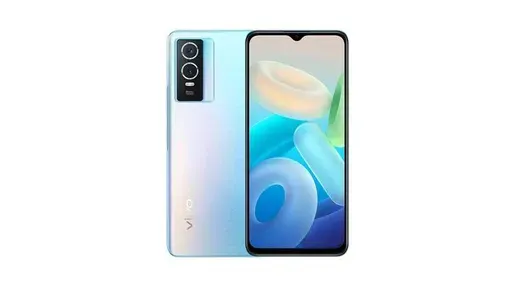
By /Jun 4, 2025
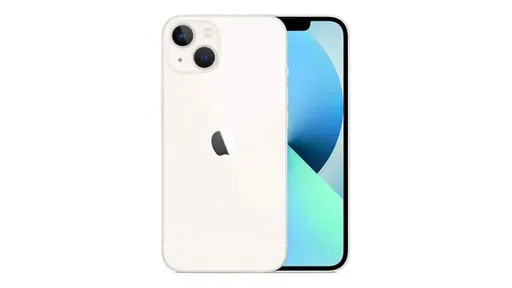
By /Jun 4, 2025

By /Jun 4, 2025
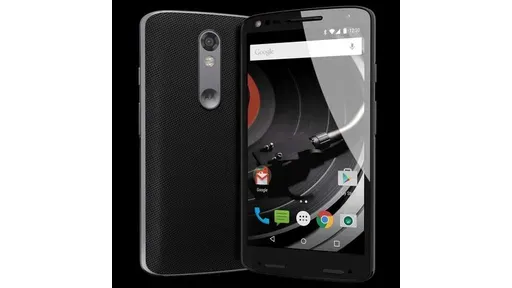
By /Jun 4, 2025
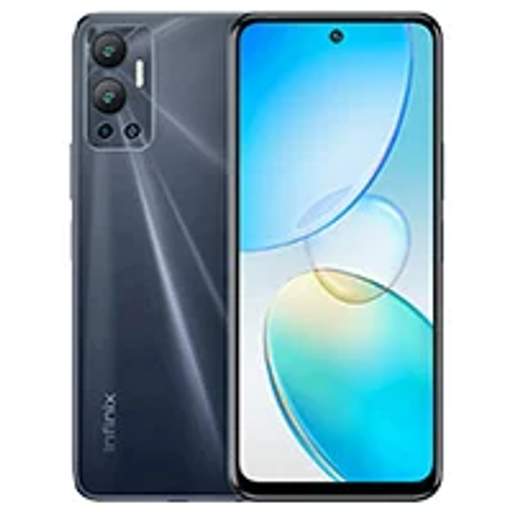
By /Jun 4, 2025
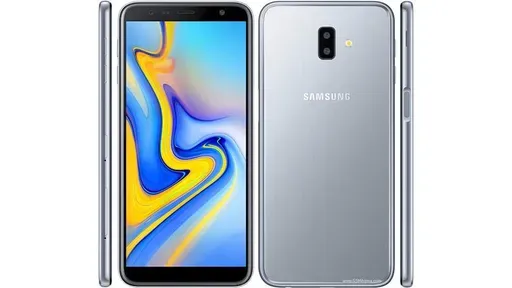
By /Jun 4, 2025
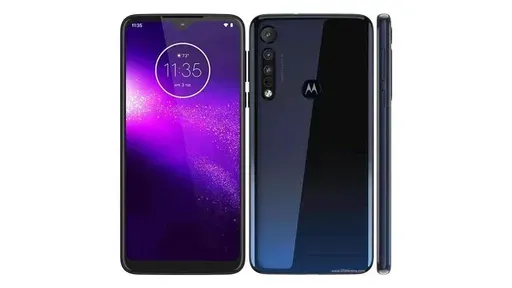
By /Jun 4, 2025
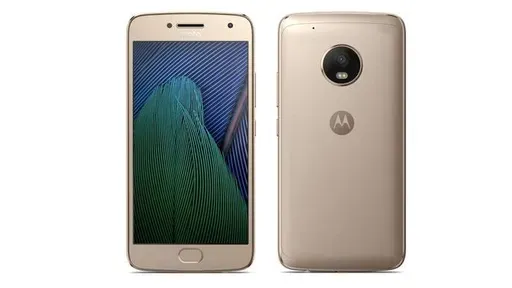
By /Jun 4, 2025
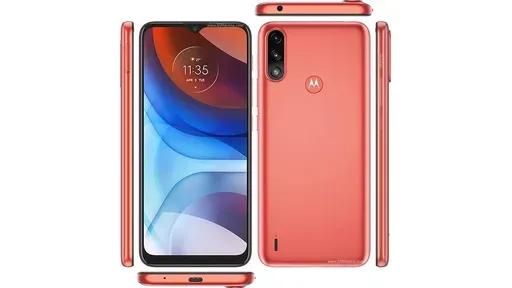
By /Jun 4, 2025
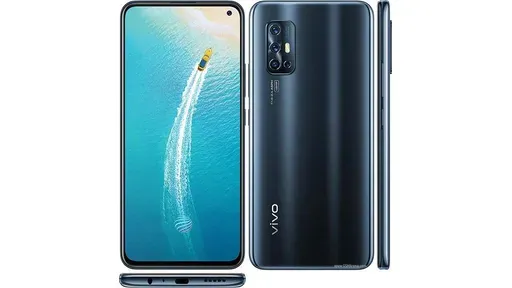
By /Jun 4, 2025
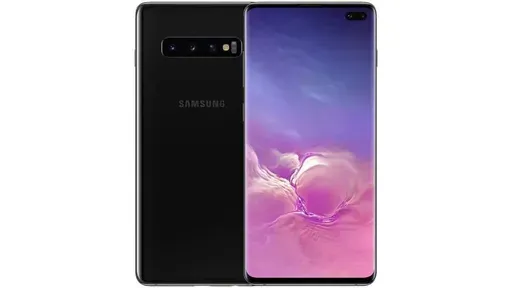
By /Jun 4, 2025
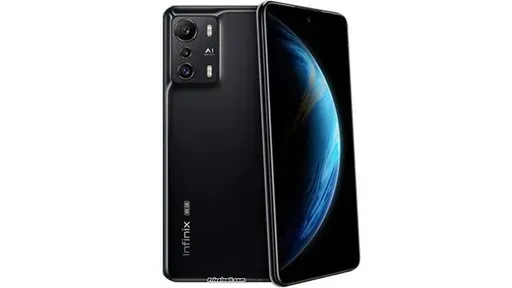
By /Jun 4, 2025

By /Jun 4, 2025
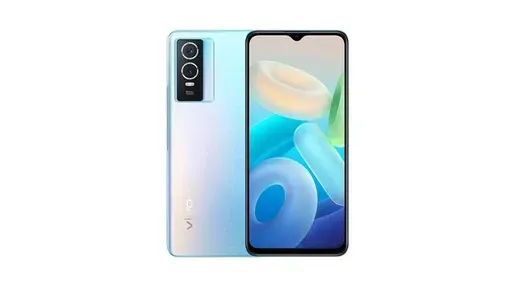
By /Jun 4, 2025
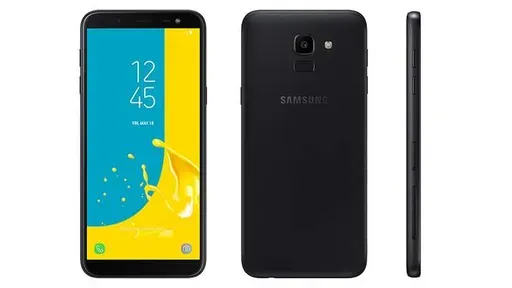
By /Jun 4, 2025
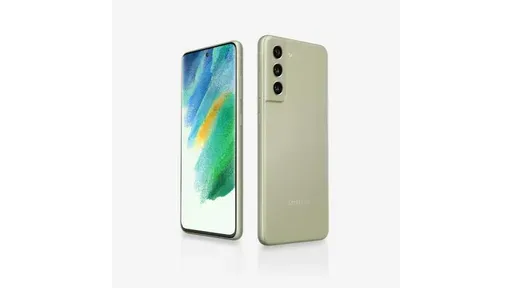
By /Jun 4, 2025

By /Jun 4, 2025
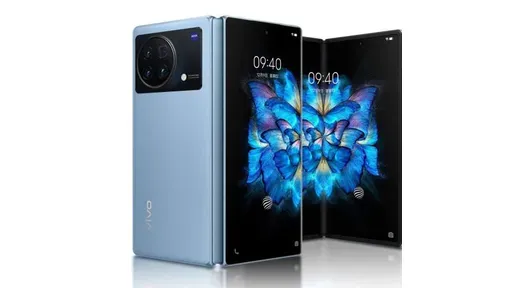
By /Jun 4, 2025

By /Jun 4, 2025
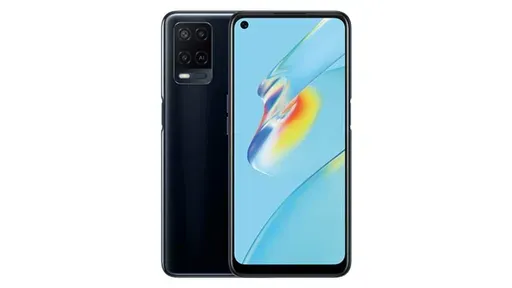
By /Jun 4, 2025
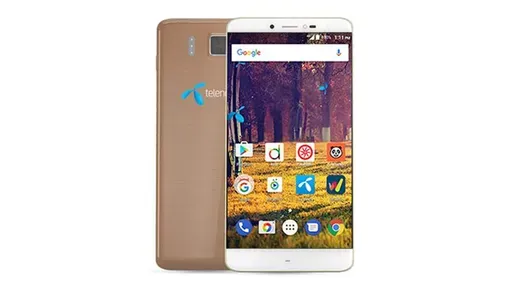
By /Jun 4, 2025

By /Jun 4, 2025
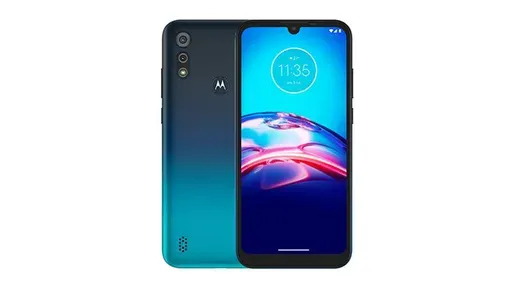
By /Jun 4, 2025
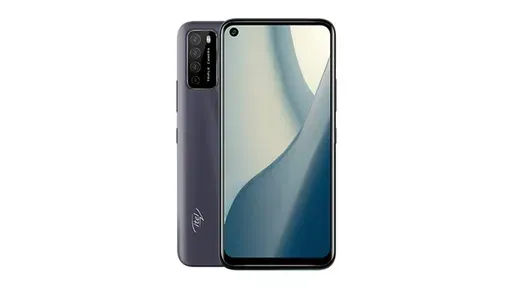
By /Jun 4, 2025

By /Jun 4, 2025
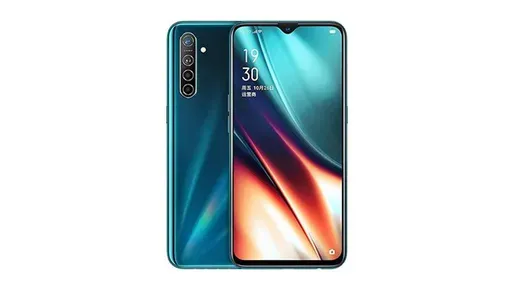
By /Jun 4, 2025
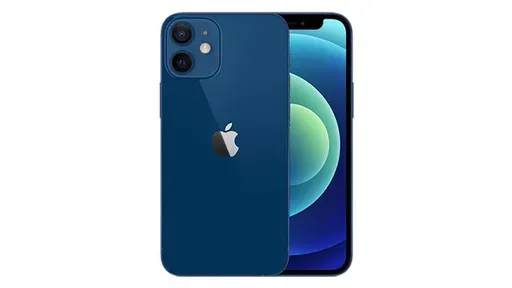
By /Jun 4, 2025

By /Jun 4, 2025
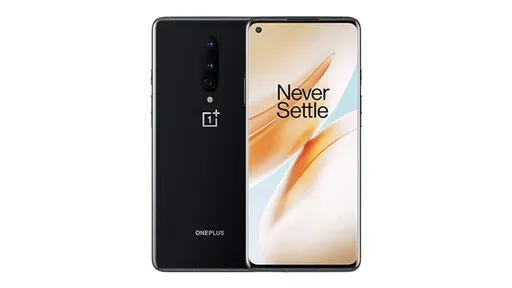
By /Jun 4, 2025
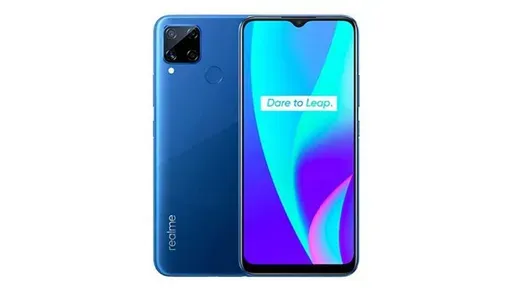
By /Jun 4, 2025

By /Jun 4, 2025
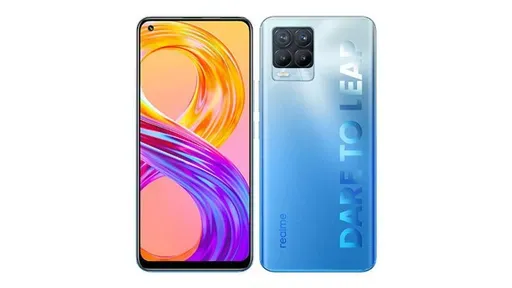
By /Jun 4, 2025
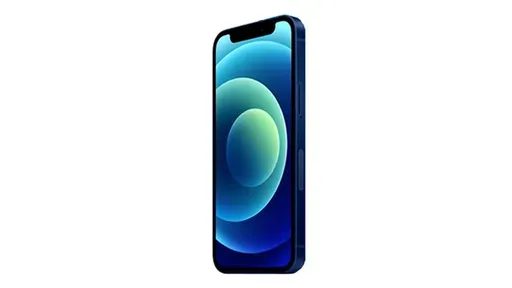
By /Jun 4, 2025